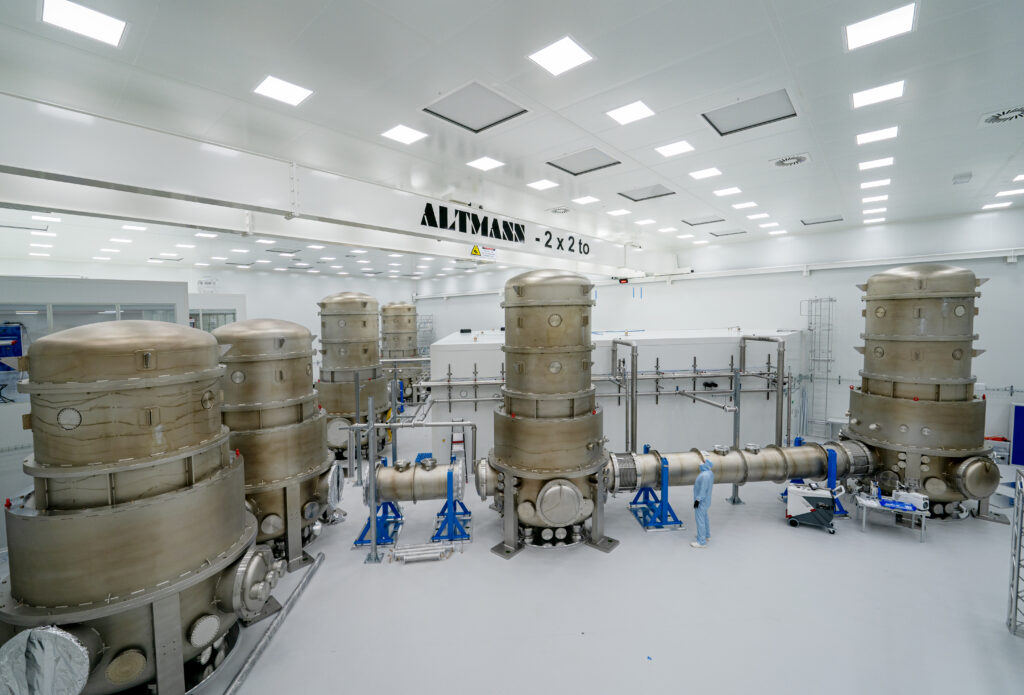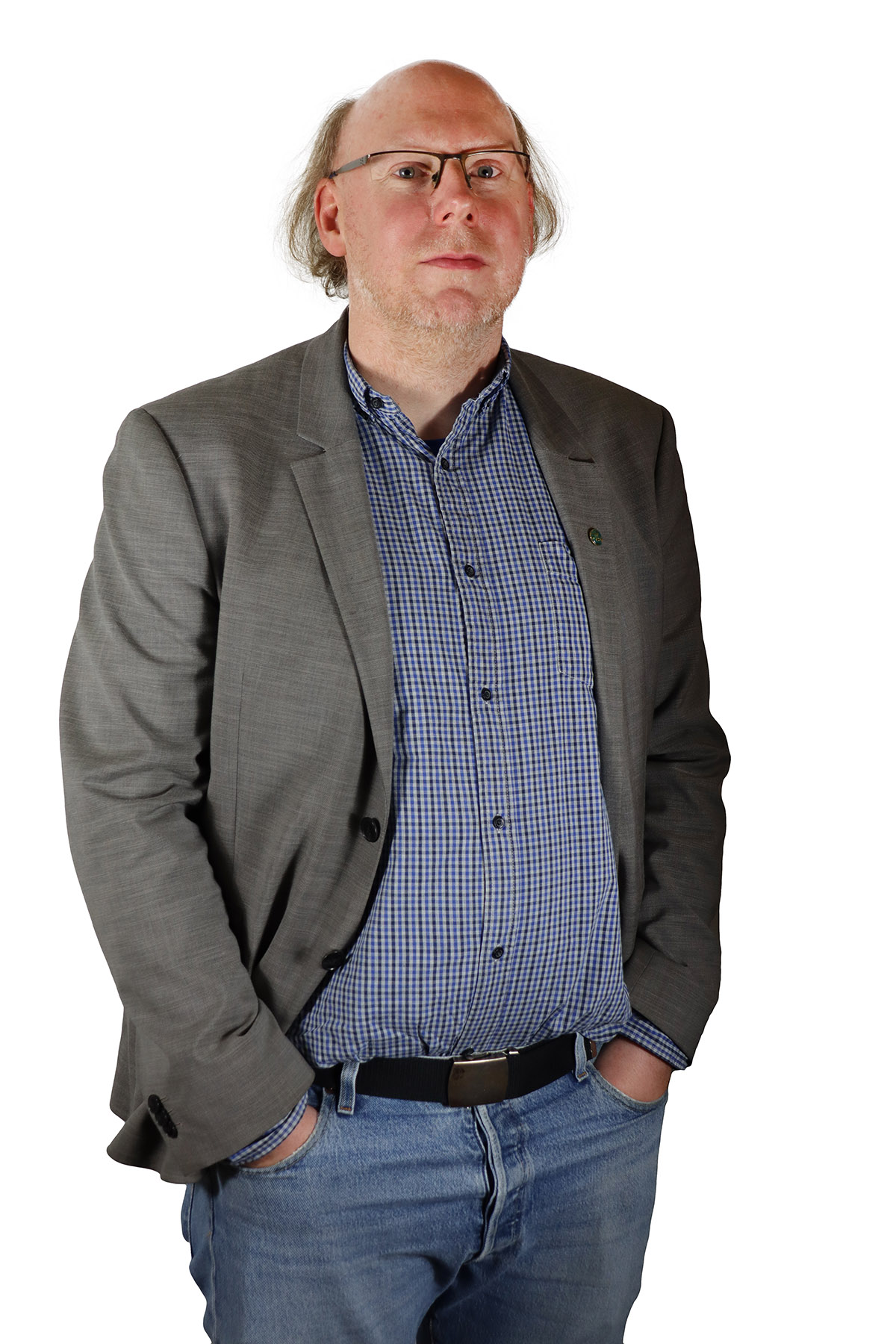A team of six PhD students and six postdocs is starting to work on improving the design of the Einstein Telescope. The aim is to work towards a design that is advanced, as well as technologically ready and feasible. They will be based in Maastricht and Amsterdam and work as an integrated team, together with the existing research groups led by Andreas Freise and Stefan Hild. The positions are financed by a dedicated grant of 3 million euro. This grant is part of a larger national financial impulse for the Einstein Telescope that was announced last September.
While design studies and concept designs for the detector and instruments already exist, the time has come to bring them to a next level. This means not just looking at advancing the technology as much as possible, but also being realistic about whether the technology will be ready in time and about the costs. “An exciting puzzle for us” says Andreas Freise who leads the Amsterdam branch of the research group. “15 years ago, I led the first design of the Einstein Telescope, creating the original ideas. And now we have the possibility to make the last design, the one that will actually be build. I am super excited about the coming years.”
Leading in gravitational wave instrumentation
Nikhef has been making important contributions to gravitational wave instrument design and development for many years. Its scientists and engineers have been delivering designs and hardware for Virgo, the already existing gravitational wave detector based in Pisa. And the group is also leading in preparations and designs for the future Einstein Telescope. In Maastricht, this takes shape in the form of R&D lab ETpathfinder, a unique facility to develop and test technology and the interplay between components for the Einstein Telescope. Stefan Hild, gravitational wave programme leader at Nikhef, based in Maastricht, is enthusiastic: “This new design team, will strongly benefit from lessons learned in ETpathfinder and can make an improved Einstein Telescope design based on it.”

About the Einstein Telescope
The Einstein Telescope is a future underground gravitational wave detector, currently in the preparation phase. One of the potential locations for this observatory is the border area of the Netherlands, Belgium and Germany – the Euregio Meuse-Rhine. Another possible location is Sardinia in Italy, and Lusatia in Germany may become a potential site as well. Throughout Europe, the design, potential sites and organisation are being prepared for the next phase. Scientists, engineers and professionals of Nikhef have leading roles in the international collaboration and organisation, as well as for the feasibility studies in the Euregio Meuse-Rhine.
Front row seat for early career scientists
Hild and Freise are both very enthusiastic about being able to involve more early career researchers. Hild says “It is always a phantastic opportunity and very rewarding, too, to design a research facility of the scale of the Einstein Telescope and leaving in there one’s ‘mark’ for decades to come” Freise agrees “The students and postdocs hired on this grant will have a front seat during this special period. And hopefully become the scientists who use and operate the Einstein Telescope in the future.”

